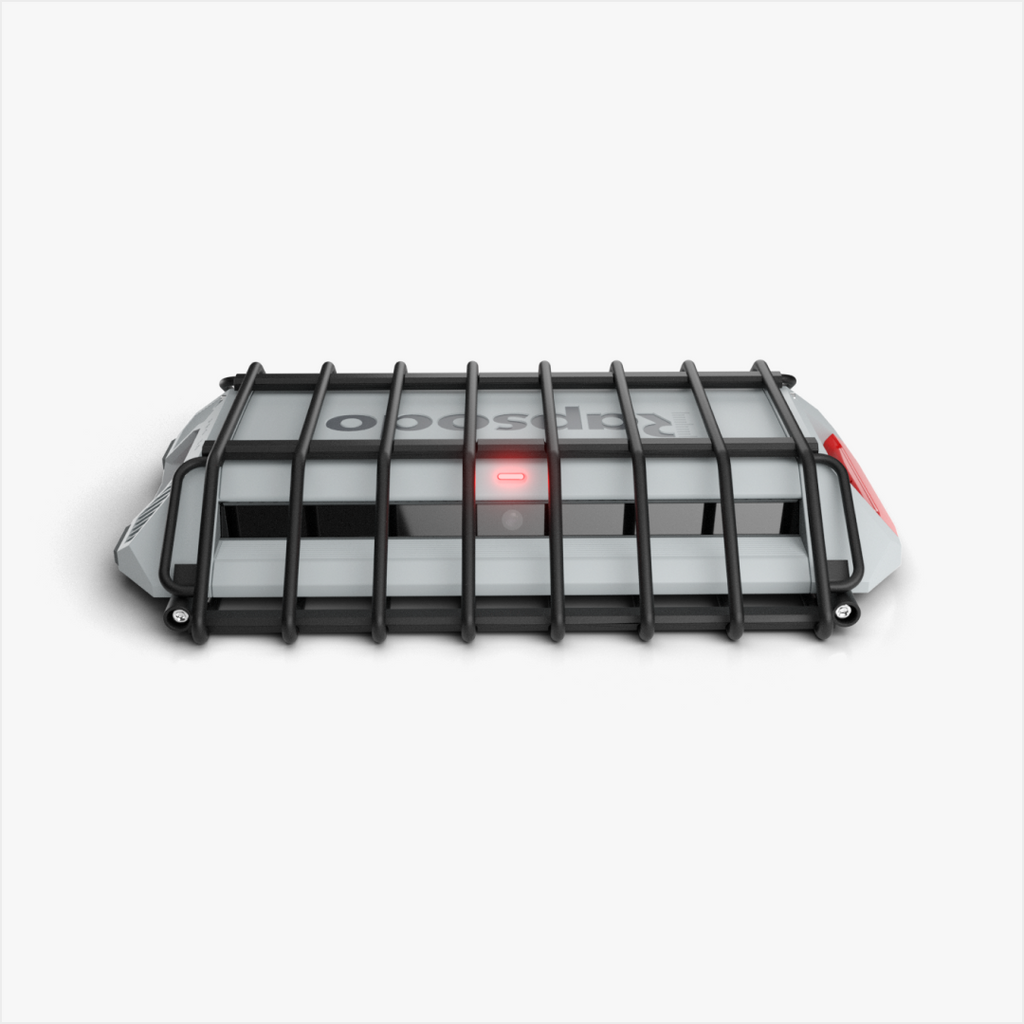Spin rate and spin direction have taken center stage in how pitchers dominate the game—but these metrics aren’t just for pitchers.
Hitters are increasingly using data on spin rate and spin direction to understand how the ball moves, and how they can adjust their swings for better power, control, and overall results.
But what exactly are spin rate and spin direction, and how do they influence a hitter’s ability to perform?
Let's explore the science behind spin, reveal how it impacts hitting, and offer strategies on how to adjust to the various types of spin you’ll encounter at the plate.
What Is Spin Rate?
Spin rate is the measure of how many revolutions per minute (RPM) the ball makes as it travels toward the plate.
Spin plays a critical role in how the ball moves through the air, affecting its trajectory, velocity, and movement. For pitchers, the goal is to either increase or decrease spin rate depending on the desired movement.

For hitters, understanding spin rate is crucial because different pitches create different movement patterns, which can significantly alter how you approach each pitch.
High spin rates often result in more extreme movement (think wicked sliders or riding fastballs), while low spin rates tend to generate less break and are more hittable.
Why Spin Rate Matters for Hitters
To put it simply, the higher the spin rate, the harder it is to hit the ball. In 2023, the average four-seam fastball in MLB had a spin rate of around 2,300 RPM. But pitchers like Spencer Strider and Corbin Burnes, who regularly register spin rates above 2,500 RPM, generate more swing-and-miss by creating "rising" fastballs and breaking pitches that are harder for hitters to barrel up.
Data shows that fastballs with higher spin rates tend to create a perception of late life, meaning hitters think the ball is going to drop, but it stays up longer than expected. According to Statcast, hitters facing fastballs with spin rates above 2,500 RPM had a batting average of just .192 and a slugging percentage of .368 in 2023, compared to .259 and .436 for fastballs with below-average spin rates.
On breaking balls, the difference is equally stark. Sliders and curveballs with higher spin rates generate more break and sharper movement, leading to weaker contact or more swings and misses. When facing sliders with spin rates above 2,600 RPM, hitters managed just a .176 average and .284 slugging percentage in 2023.
Spin Direction and Its Impact on Hitting
Spin direction refers to the axis on which the ball spins. This can drastically influence how the ball moves and how hitters should approach it. For example, a four-seam fastball with a 12 o’clock spin direction will have more backspin, creating the illusion of a rising fastball. Conversely, a sinker with a 6 o’clock spin direction will produce topspin, causing the ball to drop more suddenly.
One of the biggest challenges hitters face is recognizing the spin direction early in the pitch. This becomes especially important when dealing with off-speed pitches. Curveballs with an 8 o’clock spin direction (for right-handers) will have more horizontal movement, sweeping across the plate, while sliders with a 9 o’clock spin direction create tight lateral movement that dives out of the strike zone.
Understanding the spin direction helps hitters anticipate how the ball will break. Let’s consider the case of Shohei Ohtani’s slider, which has a 9 o’clock spin direction and consistently breaks late and sharp. Hitters facing Ohtani in 2023 had a .160 average against his slider with a spin rate of 2,650 RPM. This highlights the combination of spin rate and direction as a key weapon for elite pitchers.
Adjusting to High Spin Pitches: Strategies for Hitters
So, how can hitters combat these high-spin pitches? The key lies in both approach and mechanics.
Anticipate the Movement: When facing a high-spin fastball, hitters should anticipate the ball staying higher in the zone longer. Rather than swinging at where they think the ball will drop, they need to adjust their swing plane to meet the ball where it actually stays—a fraction higher than they may expect.
For example, hitters who succeeded against high-spin fastballs in 2023 tended to focus on uppercut swings, trying to match the pitch's trajectory. Kyle Schwarber is one such hitter. With a slightly lofted swing path designed to counteract high-spin fastballs, he hit 47 home runs in 2023, many of them on pitches up in the zone.
Shorten the Swing for Breaking Balls: For breaking pitches with high spin rates, the key is often to shorten the swing and focus on making solid contact. High-spin breaking balls tend to break more sharply and later, which means getting the bat out too far can lead to swinging over the pitch or missing entirely.
A prime example is José Ramírez, who excels against high-spin breaking balls by keeping his swing compact and waiting for the pitch to come to him. His success against sliders (batting .303 against them in 2023) shows how shortening up and letting the ball travel can counteract sharp-breaking, high-spin pitches.
Recognize Spin Early: One of the hardest things for hitters to do is to recognize spin early in the pitch’s flight path. The sooner a hitter can recognize whether the ball has backspin, topspin, or sidespin, the better chance they have of adjusting their swing accordingly.
Elite hitters like Juan Soto use this skill to great effect. Soto excels at picking up spin direction early and adjusts his approach accordingly, laying off breaking pitches that dive out of the zone while punishing mistakes that stay up.
Spin Data and the Modern Hitter’s Toolbox
To make these adjustments in real time, hitters need access to data that helps them understand how they’re performing against different types of spin. Tools like Rapsodo Baseball ball launch monitors allow hitters to track their results against high-spin pitches, helping them identify patterns in their performance.
For instance, if a hitter notices they’re consistently struggling against sliders with high spin rates, they can use this data to adjust their approach in the cage. Maybe they’re swinging too early and need to let the ball travel more. Maybe their swing path is too steep, and they need to flatten it out.
This kind of spin analysis allows hitters to make informed adjustments based on hard data, rather than relying purely on feel. Players who incorporate spin data into their preparation tend to see improvements in both power and contact.
Conclusion: Embrace the Spin
Spin rate and spin direction are no longer just metrics for pitchers. Hitters who understand these factors are better equipped to handle the increasing dominance of high-spin pitches in today’s game.
By recognizing spin early, adjusting their swing path, and using data to fine-tune their approach, hitters can neutralize some of the toughest pitches in baseball and take control of their performance at the plate.
Ready to go even deeper with player development? Email playerdevelopment@rapsodo.com to learn more.












